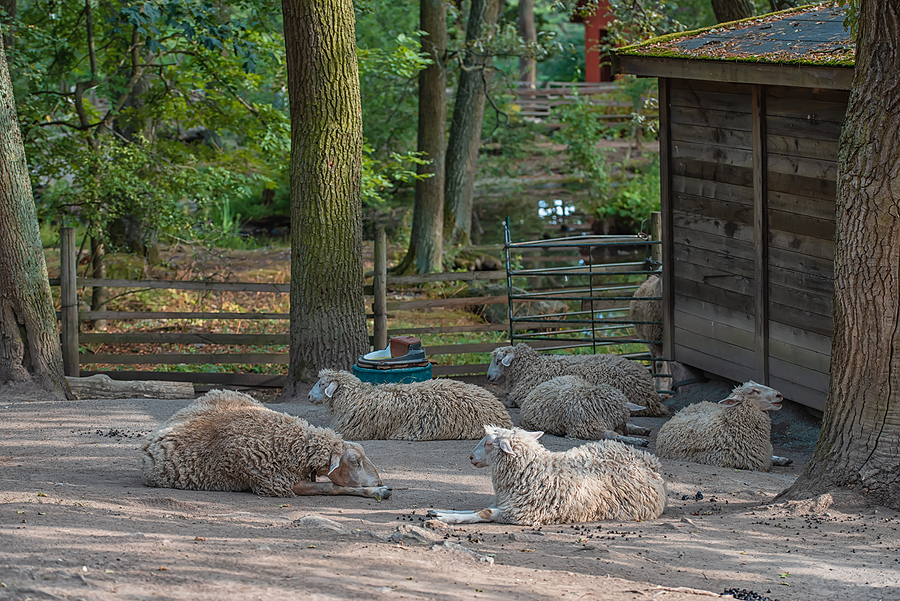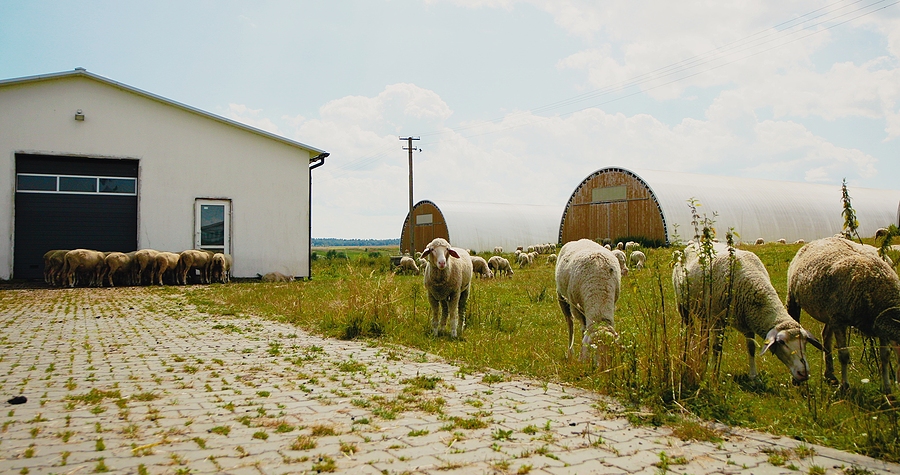Business practitioners who set out to create and run wool sheds will recognise that this is a timely process.
The demands placed on industry officials are not to be taken lightly, but with the right application and attention to detail from the early stages, there will be scope for major profits and commercial success.
Rather than rushing into this project and encountering a litany of mistakes that have to be rectified, we will look at the methods that owners use to establish wool sheds from the very beginning.
Establish Operational Budget
The best starting point that owners can use with the development of wool sheds is to recognise how much money they have at their disposal. From the selection of the site to the incorporation of resources and assets, each investment has to be accounted for. The more money that is in play, the greater the scope for the environment. Yet there will be entrepreneurs who will want to be frugal with their financial decisions, working hard to lay the foundations before future growth is possible.
Engaging Experienced Wool Practitioners
Business practitioners who are looking at establishing a coherent plan of attack with the creation of wool sheds are advised to consult other industry peers who have been through these steps before. There will be a number of obvious steps to engage, but there will be small details and instances of oversight that are easy to miss. From legal obligations to reducing logistical setbacks and empowering staff to execute their tasks safely and efficiently, their feedback will be beneficial to shaping the project.
Implementing the Essentials First
Owners who are looking to develop and run these shed operations from the outset have to invest in their essential resources before considering any of the luxury additions that can follow in future cycles. From clippers, wool presses, combs and guards to pens, chutes, races, slide swing gates, hardwood floors and grating options amongst other components, it is imperative that industry participants set out the framework. Once these elements are in play, then staff will be empowered to manage their duties and workflows will be seamless.
Correct Ventilation & Lighting Protocols

The degrees to which extreme heat can impact wool sheds should not be underestimated. It is a major health hazard for the livestock and staff alike, creating a cycle of damage that can be hard to recover from. Lighting control and ventilation access is critical in this regard. Doors and strategically positioned shutters help in this regard as well as panels that are removable and domains that offer natural light infiltration, reducing reliance on air conditioning units in the process to lower costs.
Securing Independent Assessments
Ownership cannot hand over responsibility or blame to third parties if they are in violation of livestock laws. While there are a lot of moving parts involved in these projects, any areas of complaint or assessment can red flag potential dangers for an enterprise. When overseeing the creation of wool sheds from the early beginnings, it is advisable to contact independent assessors to survey the terrain, outline the current legal requirements and run an audit to ensure that they are complying with regulations and provisions.
Hiring the Right People
Focusing on the tangible infrastructure and equipment is mandatory. With this being said, much of the success of wool sheds can be traced to the shearers and managers on site every day. It is their due diligence, eye for detail and care with the animals that sets the standard and creates a positive work culture. If there is only one priority that owners have in this setting, it is hiring the right people on the right terms.
